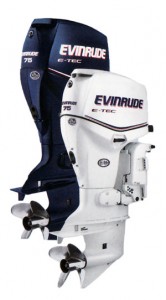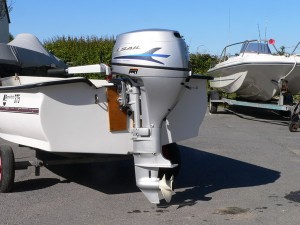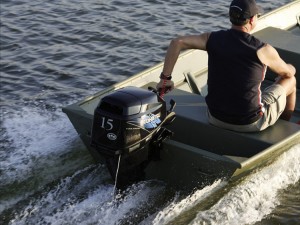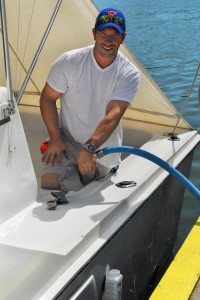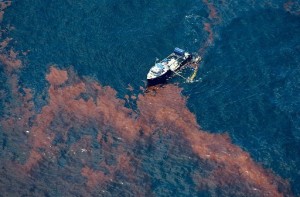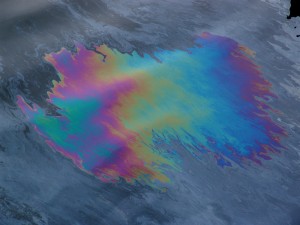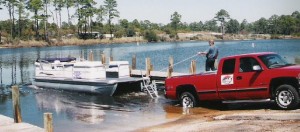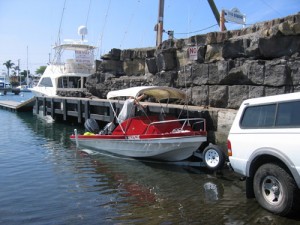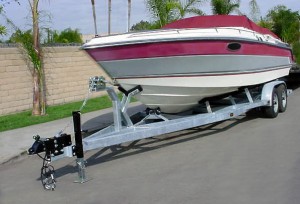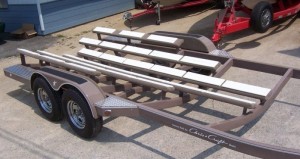Preventative Outboard Motor Care: Part Three
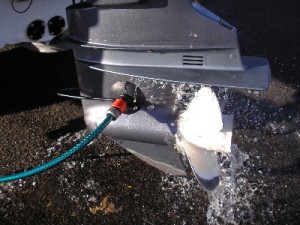 Flushing your engine is one of the most basic and essential components of outboard motor maintenance and as such, every boat owner should be well acquainted with the practice. Aside from a basic garden hose and a water source, the only other tool you need is a set of “rabbit ears”—and not the kind you put on your TV. These rabbit ears consist of two rubber hoses and a metal clamp.
Flushing your engine is one of the most basic and essential components of outboard motor maintenance and as such, every boat owner should be well acquainted with the practice. Aside from a basic garden hose and a water source, the only other tool you need is a set of “rabbit ears”—and not the kind you put on your TV. These rabbit ears consist of two rubber hoses and a metal clamp.
Slide the rabbit ears onto the lower unit where the water intake is and hookup the garden hose. Turn on the engine and the water pump will start to do its magic. Once you start everything up, examine the water pump to ensure a good flow of H20. The water coming out of the pump shouldn’t be hot nor have any debris in it. If this is the case, turn off the engine immediately. Tomorrow will go over how to fix the problem, as well as other routine maintenance like how to change your marine engine oil.


